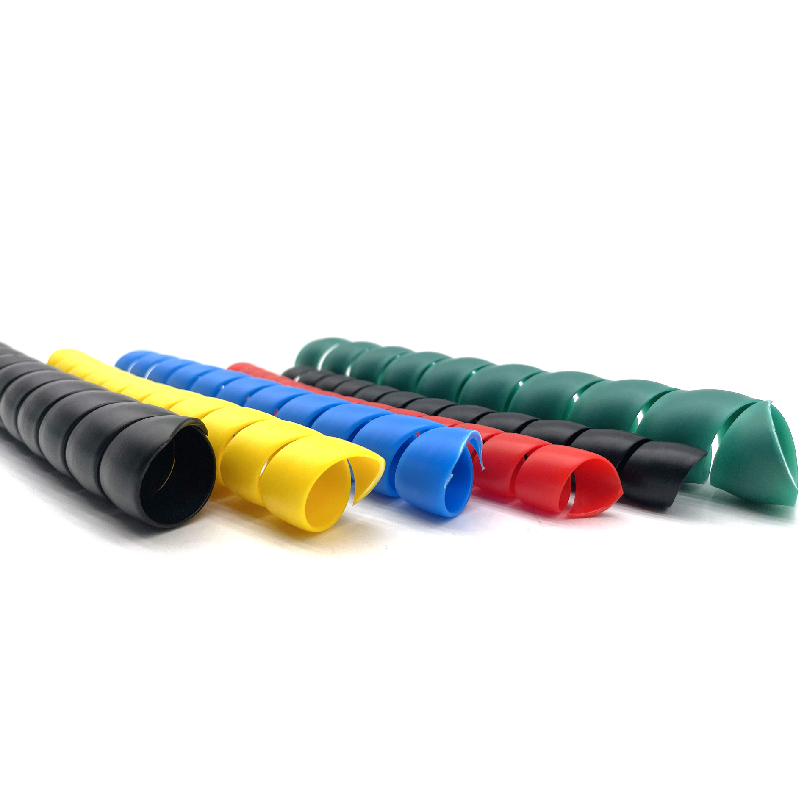High-Quality Brake Hose Rear for Optimal Vehicle Safety
Understanding Rear Brake Hoses A Crucial Component for Vehicle Safety
Understanding Rear Brake Hoses A Crucial Component for Vehicle Safety
Rear brake hoses are flexible tubes that connect the brake lines to the rear brake calipers or wheel cylinders. They are crucial for transferring brake fluid, allowing the rear brakes to engage when the driver applies pressure on the brake pedal. Given their role, any degradation or failure in the brake hose can lead to brake fluid leaks, reduced braking power, or even total brake failure, making regular inspection critical.
brake hose rear

Over time, rear brake hoses can wear out due to several factors, including heat, moisture, road debris, and age. Rubber hoses are especially susceptible to cracking, swelling, or bursting. Drivers should look for signs of wear, such as bulges, cracks, or fluid leaks around the brake components. If there’s any suspicion of hose damage, it’s advisable to have them inspected and replaced by a professional mechanic.
Maintenance of rear brake hoses should be part of a regular vehicle inspection routine. Checking the condition of the brake hoses during oil changes or routine check-ups can prevent issues before they become severe. It’s recommended to replace brake hoses every four to six years, even if they appear to be in good condition. This proactive approach can save drivers from the dangers of brake failure and costly repairs.
In conclusion, rear brake hoses are a critical yet often overlooked component of vehicle safety. Understanding their function and being vigilant about their maintenance can significantly impact the overall performance of your braking system. By prioritizing the health of your rear brake hoses, you can ensure a safer driving experience for yourself and others on the road. Always consult with a qualified technician if you suspect any issues with your brake system. Remember, a well-maintained brake system is key to your vehicle's reliability and your safety.
-
Ultimate Spiral Protection for Hoses & CablesNewsJun.26,2025
-
The Ultimate Quick-Connect Solutions for Every NeedNewsJun.26,2025
-
SAE J1401 Brake Hose: Reliable Choice for Safe BrakingNewsJun.26,2025
-
Reliable J2064 A/C Hoses for Real-World Cooling NeedsNewsJun.26,2025
-
Heavy-Duty Sewer Jetting Hoses Built to LastNewsJun.26,2025
-
Fix Power Steering Tube Leaks Fast – Durable & Affordable SolutionNewsJun.26,2025

